Description
KLOW Blend 80mg is a specialized peptide formulation designed for in-vitro research purposes. It combines four peptides—GHK-Cu, BPC-157, TB-500, and KPV—each known for their roles in tissue repair, inflammation modulation, and regenerative processes. This blend is typically supplied as a lyophilized (freeze-dried) powder, requiring reconstitution with bacteriostatic water before use.
Composition of KLOW Blend 80mg:
- GHK-Cu (50mg): A copper-binding peptide involved in wound healing, collagen synthesis, and tissue regeneration.
- BPC-157 (10mg): A peptide known for its potential in promoting gut healing, reducing inflammation, and supporting musculoskeletal recovery.
- TB-500 (10mg): A synthetic peptide that may aid in tissue repair, muscle regeneration, and inflammation reduction.
- KPV (10mg): A peptide with potential anti-inflammatory and immune-modulating effects.
KLOW Blend Dosage Recommendations:
KLOW Blend 80mg is a powerful combination of GHK-Cu, BPC-157, TB-500, and KPV, each peptide serving a unique role in recovery, tissue repair, and performance enhancement. However, the key to effective use lies in the correct dosing ratio between these peptides, particularly the balance between GHK-Cu and BPC-157, which significantly affects the effectiveness and reduces common side effects like injection site reactions.
Standard Dosage and Application:
Based on user feedback and research, the following are the typical dosages:
- GHK-Cu: Commonly dosed between 1.75 mg to 2 mg per day.
- BPC-157: Typically dosed between 350 mcg to 650 mcg per dose, with most athletes and users recommending a 400 mcg dose for effective results.
- TB-500 and KPV: These peptides are usually dosed at 400 mcg per dose, matching the BPC-157 ratio.
The most commonly used ratios are:
- 50mg GHK-Cu to 10mg TB-500, 10mg BPC-157, and 10mg KPV, ensuring that all peptides are dosed in alignment with each other.
Mixing and Cycle Recommendations:
- Vial Content and Reconstitution: If using a vial with 50mg GHK-Cu / 10mg BPC-157 / 10mg TB-500 / 10mg KPV and reconstituting with 3ml of bacteriostatic water, the resulting mix gives the following per dose:
- 2mg GHK-Cu, 400mcg BPC-157, 400mcg TB-500, 400mcg KPV per 12 units (from a 1ml syringe).
- If you use 2ml of bacteriostatic water, the dose will be 8 units (which will make it last longer, but with a reduced potency per unit).
- Cycle Structure:
- Many athletes use the 5 on / 2 off cycle, meaning 5 days on, 2 days off. This approach provides enough peptides for 35 days when reconstituted with 3ml of bacteriostatic water.
- Daily use would last around 25 days, but it’s common to take breaks to avoid tolerance build-up and maximize peptide effectiveness.
Example Protocols:
- Loading Phase:
- A common loading phase involves 8mg for 2 weeks, using the 5 on / 2 off cycle. This is followed by a reduction in the dosage for maintenance.
- Maintenance:
- After the loading phase, users often drop to 4mg for the next 10 weeks (still with the 5 on / 2 off cycle).
- Daily Dosing:
- If using 3ml of bacteriostatic water, a daily dose would typically be 1.5 units (approximately 2.5mg per day).
- A common daily cycle would involve 1 vial lasting for 1 month when using 12 units a day (6 days per week, skipping weekends).
- Long-Term Use:
- Users sometimes extend the cycle to 12 weeks, with adjustments in dosage based on their results and goals. Always re-assess after a 12-week period to determine the necessity of continuing or adjusting the dosage.
Summary:
- GHK-Cu is generally dosed at 1.75 mg to 2 mg per day.
- BPC-157, TB-500, and KPV are typically dosed around 400 mcg per day.
- Common cycle for athletes: 5 on / 2 off, with a mix of 3ml bacteriostatic water yielding 12 units for a 25–35 day supply.
- 12-week cycles with dosing adjustments can help fine-tune performance.
It’s essential to tailor the dosage to individual needs, carefully monitor for side effects, and always consult with a healthcare provider for personalized advice and adjustments.





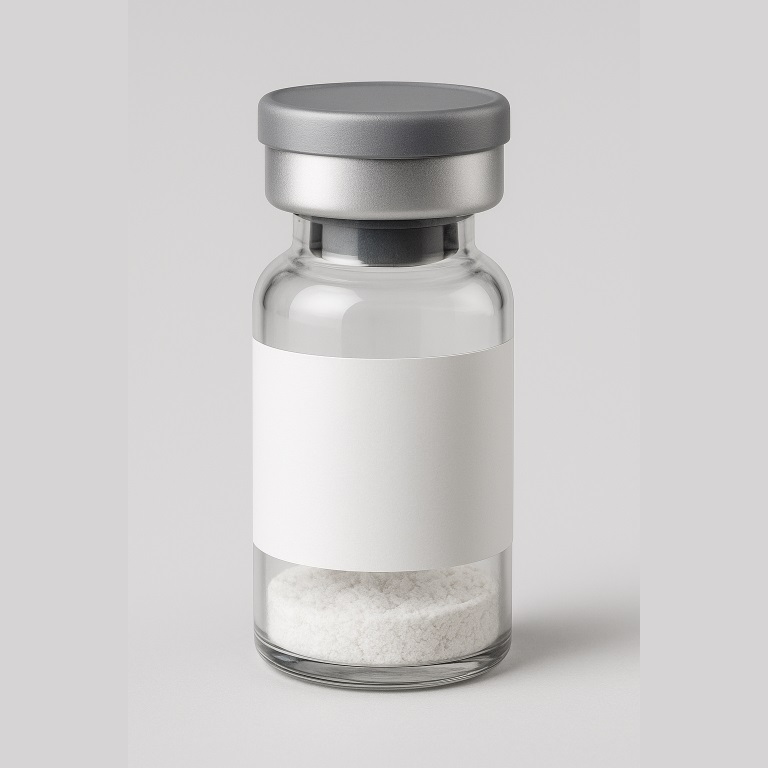
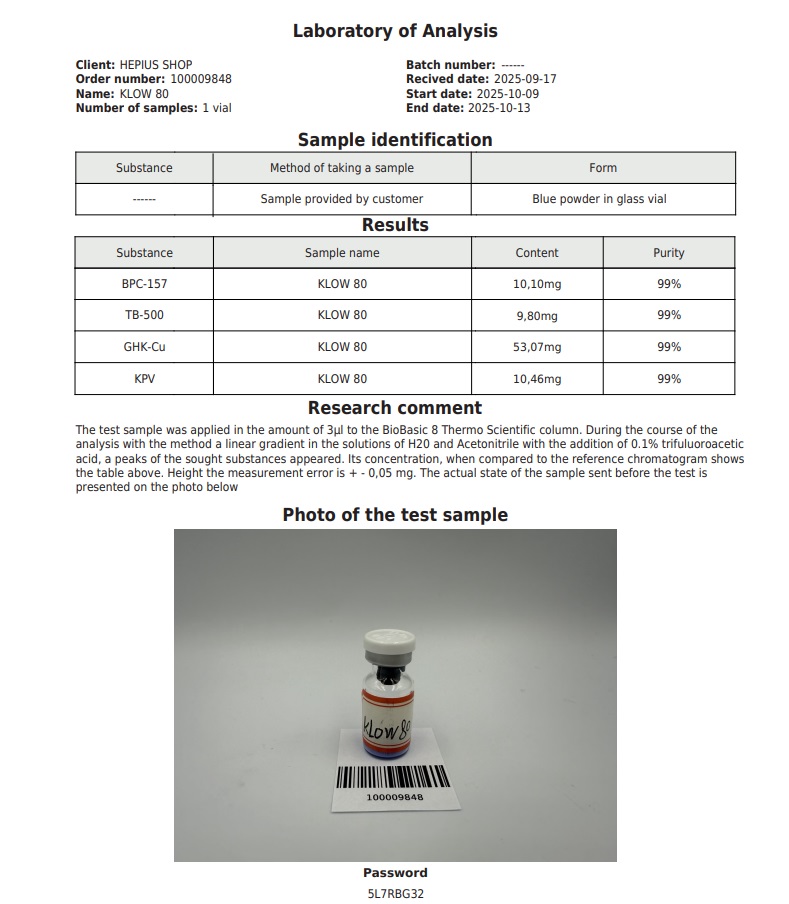
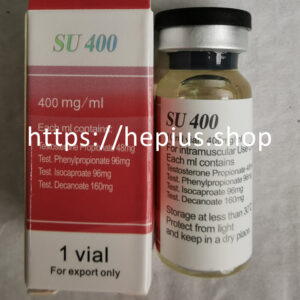
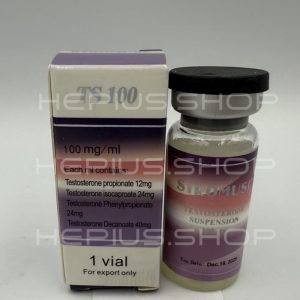
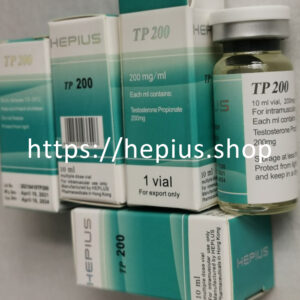
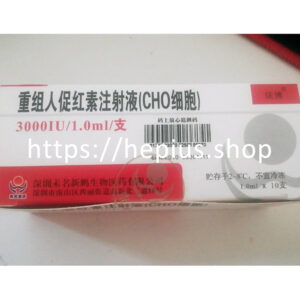
Reviews
There are no reviews yet.